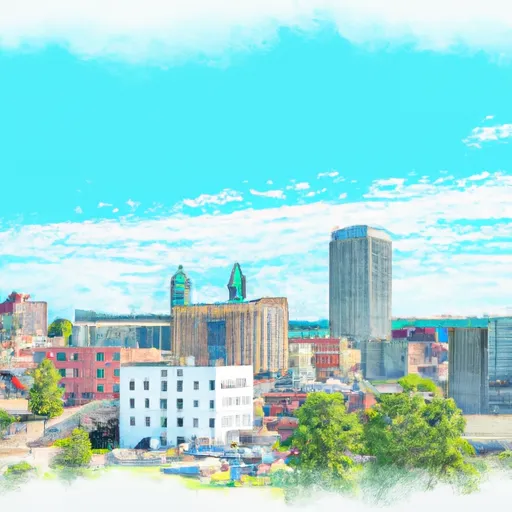°F
°F
mph
Windspeed
%
Humidity











Superior, Wisconsin is located in the northern part of the state, along the western tip of Lake Superior. It experiences a humid continental climate with cold, snowy winters and warm summers. The average temperature in winter ranges from 10°F to 20°F, while in summer, temperatures range between 60°F to 80°F. Annual precipitation is around 33 inches, with snowfall averaging 82 inches.
The hydrology of Superior is heavily influenced by its proximity to Lake Superior. The city has several rivers, including the Saint Louis River, Amnicon River, and Nemadji River, which provide ample water resources for various recreational activities. Additionally, Lake Superior offers opportunities for boating, fishing, and swimming.
Superior boasts numerous outdoor recreation opportunities. Pattison State Park is a must-visit destination, featuring Big Manitou Falls, Wisconsin's highest waterfall. The park also offers hiking trails, camping, and picnicking. The Superior Municipal Forest is another popular spot, offering miles of trails for hiking, mountain biking, and cross-country skiing. For water enthusiasts, the Lake Superior shoreline provides opportunities for kayaking, paddleboarding, and sailing.
Overall, Superior, Wisconsin offers a diverse climate, abundant water resources, and a range of outdoor activities for nature enthusiasts to enjoy throughout the year.
Weather Forecast
Superior receives approximately 742mm of rain per year, with humidity levels near 82% and air temperatures averaging around 5°C. Superior has a plant hardyness factor of 4, meaning plants and agriculture in this region thrive during a short period during spring and early summer. Most plants will die off during the colder winter months.
Regional Streamflow Levels
2,670
Cubic Feet Per Second
153
Cubic Feet Per Second
64
Cubic Feet Per Second
1,110
Cubic Feet Per Second
Nearby Camping
| Camping Area | Reservations | Toilets | Showers |
|---|---|---|---|
| Skunk River Access | |||
| Hoodoo Point City Campground | |||
| Fenske Lake | |||
| Chacauqua River Access | |||
| Bear Head Lake State Park | |||
| Austin County Park |



